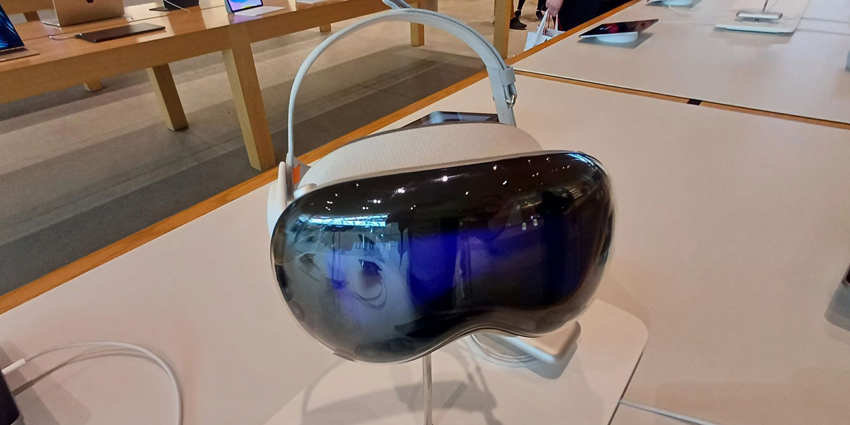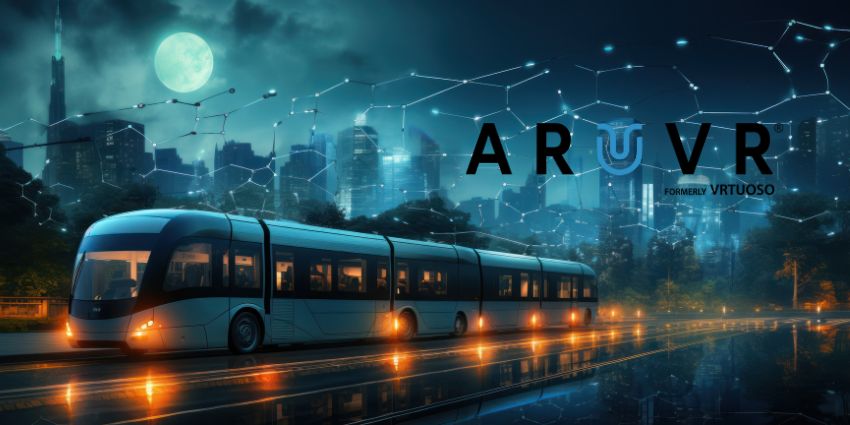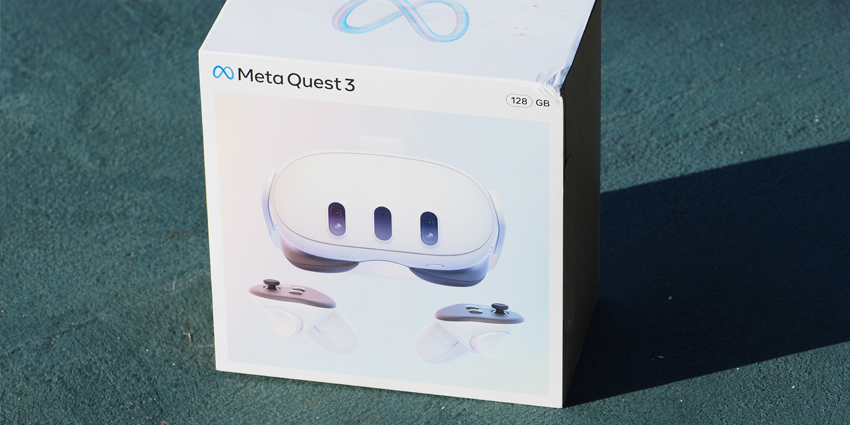This week, Apple Vision Pro introduced support for WebXR browser-based Safari immersive applications, following a series of hurdles in bringing the platform’s support to the device. Firstly, it was difficult for WebXR’s integration into Vision Pro due to the service requiring controllers and the Vision Pro only using hand tracking.
However, now Vision Pro users can use WebXR services with integrated hand-tracking input thanks to a new transient-pointer input mode that Apple designed and launched alongside the W3C standards agency. Apple is launching the WebXR input system as an early access feature, with broader integration coming up.
The new input system allows developers to create and distribute applications directly to Vision Pro headsets through an easily accessible and deployable web-based avenue – negating app store requirements.
Moreover, Apple designed its input framework to protect users venturing into the broader breadth of web-based XR content with the utmost privacy, with the tracking features only recording user data when they perform input gestures.
Vision Pro to Expand to New Industry Clients
With new WebXR support, Apple is opening up its spatial computing device to various enterprise and education tools which exist as browser-based services.
The news comes as NVIDIA plans to support the Vision Pro for a wide range of enterprise end users by introducing its immersive content creation and collaboration hub Omniverse onto the device.
At GTC 2024, NVIDIA’s CEO Jensen Huang announced that the Omniverse is available on Apple’s Vision Pro. NVIDIA introduced the Omniverse Cloud APIs that enable Vision Pro users to customize and distribute high-quality OpenUSD [digital twin] file types on mobile devices without losing content or performance quality.
With the cloud API, Vision Pro users can stream Omniverse creations onto their device, with much of the computing power handled by NVIDIA’s Graphics Delivery Network (GDN). The GDN is available in over 130 countries and can be accessed on any compatible device.
During the GTC 2024 event, NVIDIA showcased how automotive manufacturers can use Vision Pro and its cloud-based Omniverse services to collaborate over a car’s digital twin while also interacting with and altering elements of an Omniverse digital twin.
The Apple Vision Pro is priced at $3,500 and targets the enterprise market. It comes with high-end specifications, including 256GB/512GB/1TB storage, a 23 million pixel display, 90Hz/96Hz/100Hz refresh rate, spatial audio, 2 hours of battery life, Bluetooth, eye tracking, hand tracking, and weighs between 21.2-22.9 ounces.







